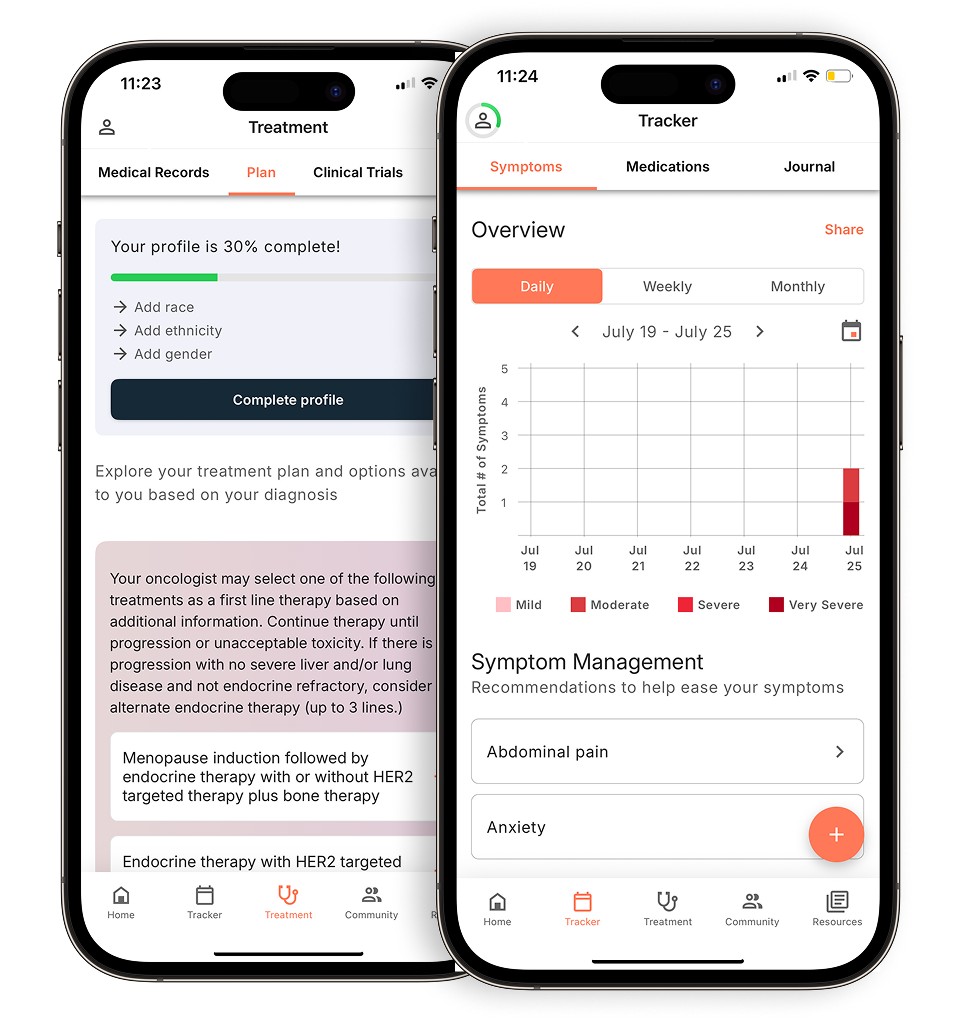Prostate cancer is classified into standard stages. Staging helps determine the most appropriate treatment approach and prognosis for each individual. Prostate cancer staging involves a combination of screening tests and diagnostic procedures. The prostate-specific antigen (PSA) blood test, digital rectal exams (DREs), imaging studies (such as MRI or ultrasound), and prostate biopsy results may be performed and used to determine the stage of your prostate cancer. Staging is assigned based on the size and extent of the tumor, whether and how much it has spread, your PSA level, and the Grade of the cancer (how different the tumor cells are from normal prostate cells).
Prostate cancer stages can be grouped as early-stage or advanced-stage cancer. Early-stage (clinically localized) cancer (stages I-IIIC) hasn’t spread beyond the prostate. Advanced-stage cancer has spread to nearby lymph nodes (Stage IVA) or to distant parts of the body (Stage IVB).
Prostate cancer stages include:
Stage I: Cancer is confined to the prostate gland and may be too small to be felt during a digital rectal exam (DRE) or seen on imaging tests.
Stage IIA, IIB, or IIC: Cancer is still confined to the prostate gland but may be larger in size and may be detectable during a DRE or seen on imaging tests such as MRI or ultrasound.
Stage IIIA, IIIB, or IIIC: Cancer may have spread beyond the prostate gland to nearby tissues, such as the seminal vesicles. It has not spread to nearby lymph nodes or to more distant parts of the body.This is also referred to as locally advanced prostate cancer.
Stage IVA: Cancer has spread to lymph nodes near the prostate but has not spread to more distant parts of the body. This is also referred to as regional prostate cancer.
Stage IVB: Cancer has spread to distant organs or tissues, such as the bones, distant lymph nodes, or other organs. Stage IVB is also referred to as metastatic prostate cancer.
Once the stage of prostate cancer is determined, you can consider treatment options with your physician. For localized prostate cancer (Stages I and II), treatment options may include surgery (radical prostatectomy), radiation therapy (external beam radiation or brachytherapy), as well as active surveillance or observation, where the cancer is monitored closely but not immediately treated unless it shows signs of progression (i.e. getting worse).
For locally advanced prostate cancer (Stage III), treatment options may include a combination of surgery, radiation therapy, and hormonal therapy to target cancer cells and reduce the risk of recurrence or spread.
For regional and metastatic prostate cancer (Stage IVA, Stage IVB), treatment aims to slow the progression of the disease, alleviate symptoms, and improve quality of life. Treatment options may include hormonal therapy, chemotherapy, immunotherapy, targeted therapy, or palliative care to manage symptoms and provide supportive care.
If you have questions, you can connect with an Outcomes4Me oncology nurse practitioner at no charge through the Outcomes4Me app, using the “Ask Outcomes4Me” button.
Related Topics
Personalized support for real care decisions
Understand your diagnosis, explore clinical trials, and track symptoms--all in one place.
Get started
Compare treatments, prepare for appointments, and track side effects—all in the app
Built for your diagnosis, Outcomes4Me gives you the tools to make confident, informed decisions—right when you need them.
Continue in app






